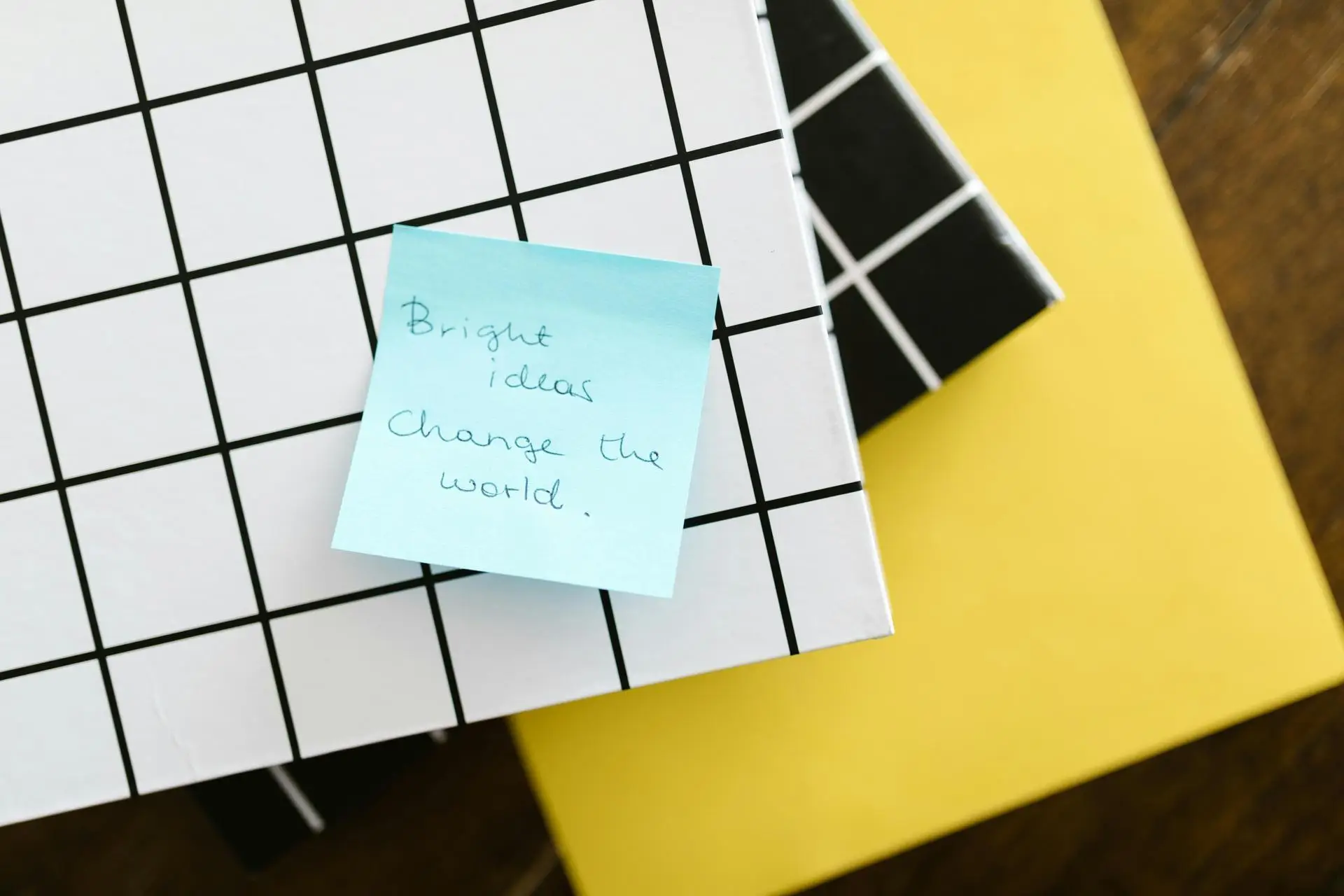Unveiling the Essence of Creativity in Software Development
Creativity, often associated with artistic endeavors, holds a significant position in the realm of software development as well. In this context, creativity is defined as the ability to generate novel ideas and solutions that effectively address unique challenges. The importance of problem-solving in development cannot be overstated; it is a crucial part of delivering high-quality software that meets user needs and stands out in today's competitive market. Here, creativity serves as a capability that enhances the developer's experience and contributes to their overall make-up in terms of 'Life & Inspiration', infusing both passion and purpose into their work.
This article explores the role of creativity in problem-solving from various angles, providing insights into techniques that can empower developers to unlock their full potential.
Understanding Creativity in Development: Beyond Conventional Wisdom
What is Creativity?
Creativity transcends mere artistic expression; it encompasses innovative thinking that is vital in technical fields. For developers, this means finding original approaches for programming, problem-solving, and system design, which can lead to efficiency and enhanced functionalities. The whimsical notion of creativity is often sidelined in the tech world, yet it forms the bedrock for ingenious solutions that arise in the face of complex problems.
The Role of Creativity in Software Development
In real-world scenarios, creativity emerges as a catalyst for unique and effective solutions. From inventing algorithms that drastically improve performance to designing user interfaces that evoke a sense of delight, creativity becomes an integral part of the development process. For instance, consider a team developing a mobile application: rather than sticking strictly to conventional UI patterns, a creative approach might lead to a more engaging user experience that surprises and delights users.
Navigating the Problem-Solving Process: A Step-by-Step Approach
Identifying Problems: The First Step
Recognizing issues is the first obstacle that developers frequently encounter. Various techniques, such as user feedback analysis and data-driven insights, aid in pinpointing these issues. Understanding the user experience is essential, for without a clear grasp of user needs, creative solutions may miss the target.
Analyzing Problems: Shifting Perspectives
Once problems are identified, the analysis phase begins. This involves methods like root cause analysis to uncover underlying issues. Here, creativity plays a vital role—viewing problems from various angles fosters a deeper understanding and may even unveil novel pathways to resolution. Developers who embrace creative thinking can break free from conventional approaches, exploring solutions beyond the obvious.
Developing Solutions: The Creative Process
The ideation phase flourishes with creativity through techniques such as brainstorming and collaborative sessions. Engaging in dialogue with peers is crucial; diverse perspectives spark innovation and encourage out-of-the-box thinking. When teams capitalize on collective insights, they stimulate a culture of creativity that often results in breakthrough solutions.
Harnessing Creativity Techniques for Effective Problem-Solving
Mind Mapping: Organizing Thoughts Innovatively
Mind mapping is a powerful creative tool that enables developers to visualize relationships between concepts and ideas. By organizing thoughts visually, developers can explore various solutions without the constraints of linear thinking. This technique is especially beneficial in collaborative settings where ideas can be expanded upon collectively.
Design Thinking: A Framework for Innovation
The design thinking framework is integral to creatively solving problems. This iterative process includes five steps: Empathize, Define, Ideate, Prototype, and Test. The emphasis on iteration and feedback encourages continual refinement, leading to more impactful and user-centered solutions. For developers, adopting this mindset can transform the way they approach challenges, merging creativity with structured methodologies.
The Power of Analogies and Metaphors
Utilizing analogies and metaphors can simplify complex technical problems. By relating technical challenges to familiar concepts, developers can think beyond the surface and gain new insights. For instance, comparing a software architecture to a city's infrastructure can elucidate the importance of scalability and interconnectivity, providing a fresh perspective on solutions.
Inspiration as the Wellspring of Creativity
Sources of Inspiration: Learning from Beyond
Inspiration can be drawn from diverse sources—nature, the arts, and disciplines outside of technology can provide invaluable insights. By immersing themselves in these fields, developers can ignite their creativity and discover novel solutions to the problems they face. This cross-pollination of ideas significantly enriches the development process.
Cultivating an Inspirational Environment
Creating a stimulating workspace is crucial for fostering creativity. The importance of team dynamics and an engaging company culture cannot be overstated; when developers are encouraged to share ideas in a supportive environment, creativity flourishes. A collaborative spirit among peers can serve as a powerful motivator, enhancing the innovative capacity of any development team.
The Collaborative Spirit: Sharing Ideas for Enhanced Creativity
Collaboration acts as a force multiplier for creativity. When developers share their thoughts with teammates, they often stumble upon ideas they might not have conceived in isolation. Facilitating brainstorming sessions and fostering an atmosphere where creativity is celebrated will yield dividends in innovative problem-solving.
Balancing Structure and Creativity for Optimal Outcomes
Importance of a Structured Approach
While creativity is paramount, adhering to structured approaches like Agile and Scrum is equally crucial. These methodologies guide teams in managing projects efficiently while allowing room for novel ideas. The harmony of structure and creativity ensures that while developers explore innovative solutions, they remain anchored on timelines and deliverables.
Allowing Room for Flexibility within Frameworks
Establishing guidelines does not have to stifle creativity. Organizations that promote flexible thinking within their frameworks often witness profound results. Successful companies have blended methodology with creative freedom, leading to innovative solutions that propel them ahead in the market.
In closing, creativity stands as a cornerstone of effective problem-solving for developers. Not only does it enhance the quality of the work being produced, but it also contributes to the personal growth and fulfillment of the individuals involved. By embracing creativity as a vital tool—integrating techniques, fostering collaborative environments, and maintaining a balance between structure and inspiration—developers can not only elevate their work but also inspire those around them. Thus, the journey through creativity and problem-solving becomes one filled with excitement, challenge, and, importantly, a deeper connection to both life and inspiration.











